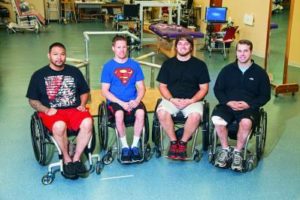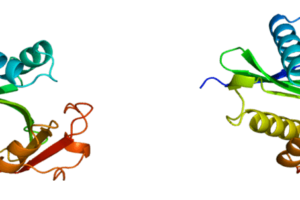spinal cord injury
First-of-its-kind study shows benefits of electrical stimulation therapy for people paralyzed by spinal cord injury
Feb. 17, 2011 — A new treatment approach which uses tiny bursts of electricity to reawaken paralyzed muscles “significantly” reduced disability and improved grasping in people with incomplete spinal cord injuries, beyond the effects of standa…
Some kids with spinal cord injury may be overlooked for walking rehabilitation
The traditional way to predict whether children can regain movement after spinal cord injuries may exclude a small subset of patients who could benefit from therapy, according to two studies presented by University of Florida researchers at the Soci…
Human neural stem cells restore motor function in mice with chronic spinal cord injury
Irvine, Calif., Aug. 19, 2010 — A UC Irvine study is the first to demonstrate that human neural stem cells can restore mobility in cases of chronic spinal cord injury, suggesting the prospect of treating a much broader population of patients.
P…
Actor Reeve’s Brain Able to ‘Feel’ and ‘Move’ after Spine Injury
Brain regions involved in movement and feeling appear to remain relatively healthy and active even years after the body has been paralyzed, according to research at Washington University School of Medicine in St. Louis. A team of investigators found that five years after complete paralysis from a severe spinal cord injury, areas of the brain normally responsible for some movements and feelings have maintained those capabilities in one quadriplegic. That patient is actor Christopher Reeve.
Possible treatment window for spasticity in spinal cord injury
It’s a cruel irony that strikes many victims of spinal cord injury: In those who suffer only partial paralysis, limbs that should remain healthy become stiff and useless because of chronic spasticity, a painful condition that causes muscles to contract involuntarily. But Florida researchers charting the development of spasticity in rats with spinal cord injuries were surprised to find the process briefly reverses itself. This discovery raises the possibility that physicians could someday find a way to spare patients its debilitating effects by intervening at a critical time.



